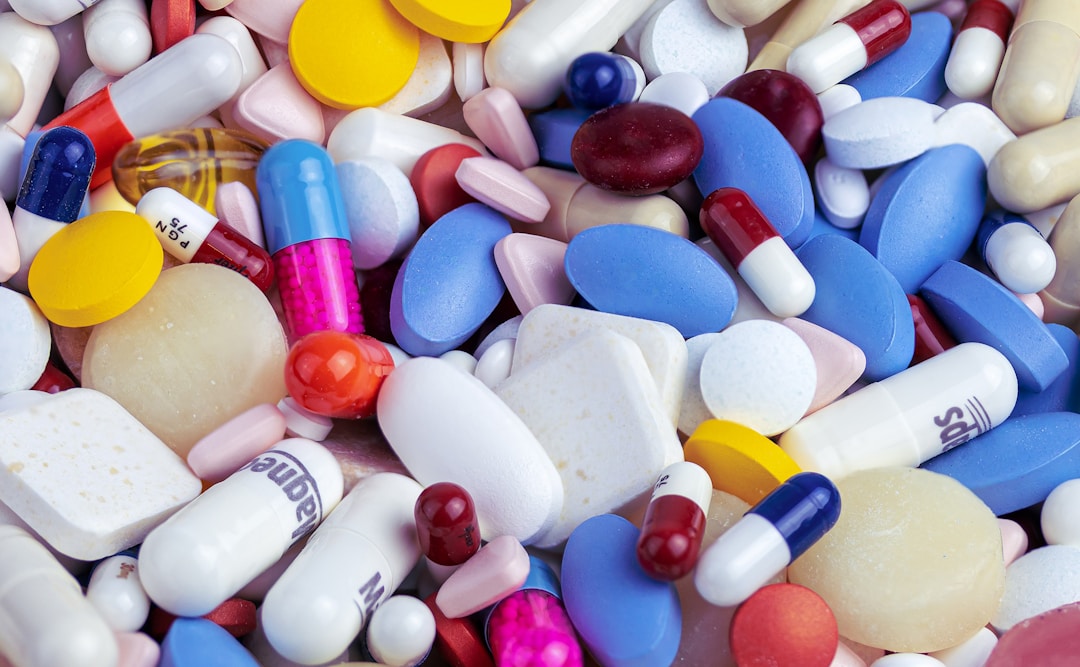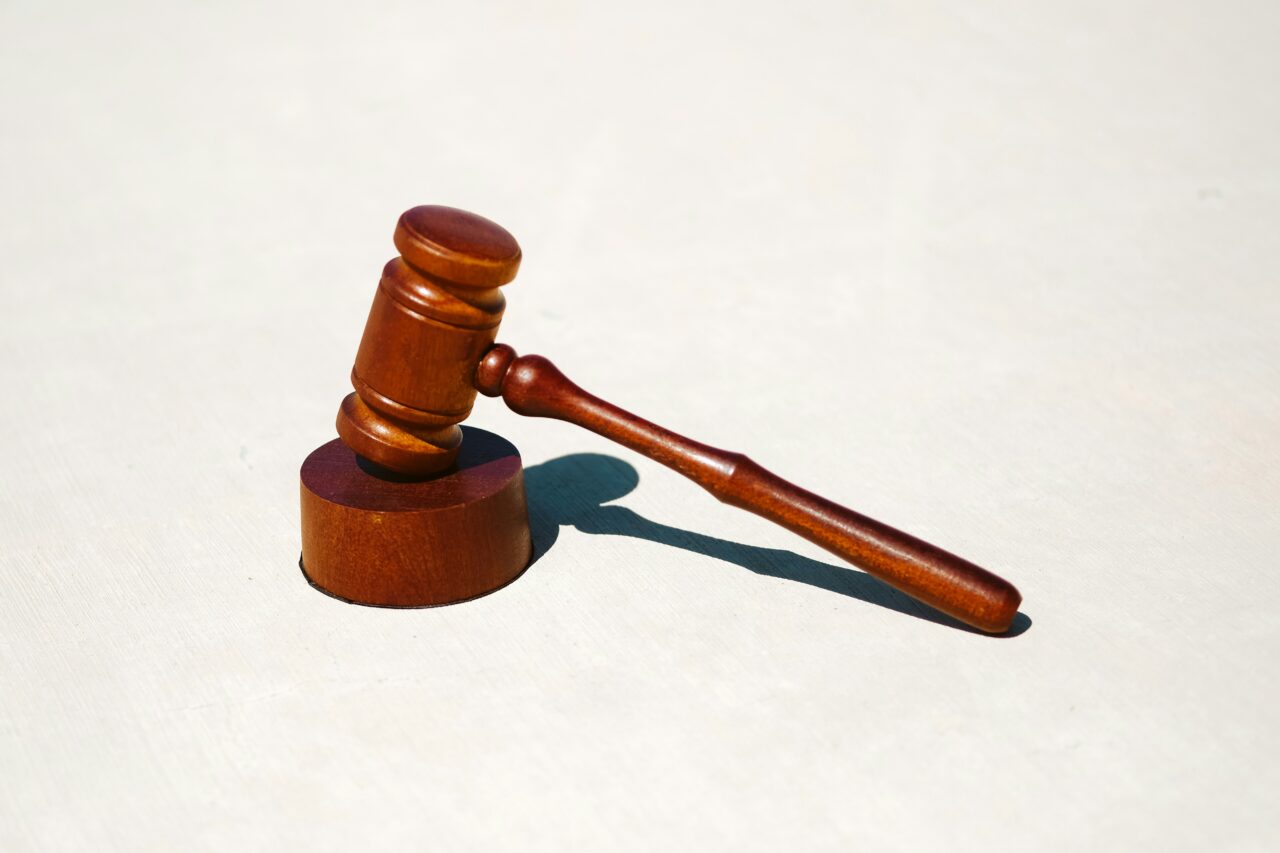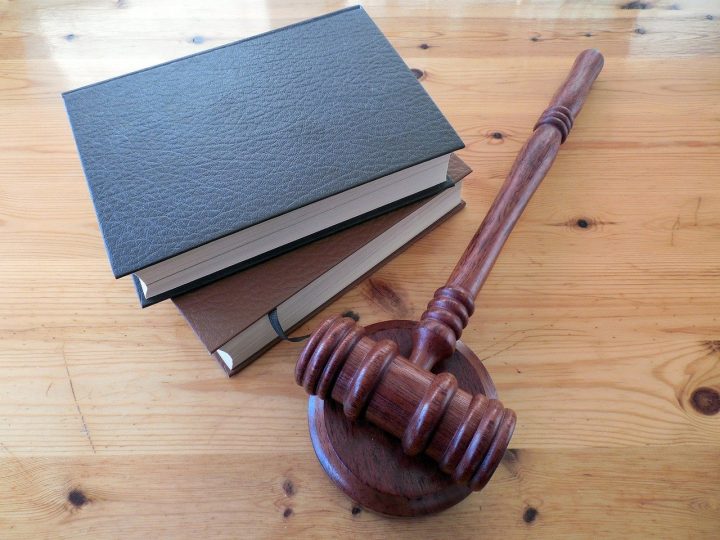How To Seek Justice When You’ve Been Exposed to a Dangerous Drug
When it comes to health and wellness, we place immense trust in medical professionals and pharmaceutical companies. Unfortunately, this trust can be shattered when we are exposed to dangerous drugs that cause harm rather than healing. Victims of such exposure often face a range of negative health consequences, which can lead to physical, emotional, and financial distress. Understanding your rights is the first step towards seeking justice and compensation for the damages incurred. Below, you will find the essential pathways and considerations for holding responsible parties accountable.
Understanding Your Rights and the Impact of Dangerous Drugs

When exposed to harmful medications, it’s important to know your rights as a consumer. You have the legal right to expect safe, effective drugs and to be informed about possible side effects. Unfortunately, some manufacturers fail in this duty due to negligence or deceptive practices, which can lead to serious health consequences. Understanding your rights and the legal timeline for filing claims is key when pursuing justice.
Drug companies are legally obligated to test products and disclose all risks. When they don’t, victims may be eligible for compensation. Leading Justice helps individuals hold these companies accountable, including through class action lawsuits when many are harmed by the same drug. Collective legal action can amplify your voice and lead to stronger outcomes.
Identifying and Documenting Exposure to a Dangerous Drug
Identifying a dangerous drug exposure is crucial for seeking justice. It involves ascertaining the drug and establishing the causal link between the drug and the harm suffered. Medical records, prescriptions, and testimony from healthcare professionals can serve as foundational evidence. Documenting the exposure timeline and symptom onset is essential for proving the drug caused harm.
Analyzing and compiling adverse effects post-exposure is vital, including recording symptoms, seeking medical diagnosis, and monitoring health issues. This documentation should also account for financial costs, emotional and psychological toll, and correspondence with healthcare providers, insurers, or pharmaceutical companies. These steps contribute to the validity and strength of a legal claim against negligent parties.
Navigating the Legal Process: From Filing a Complaint to Litigation
The legal process in drug cases begins with filing a complaint against the drug manufacturer or other liable entities. This document should articulate allegations, establish the relationship between the drug and harm caused, and request compensation for damages. Legal counsel can assist in this process to ensure compliance with procedural requirements. Following filing, the opposing party is served and given the opportunity to respond.
Discovery involves exchange of relevant information, depositions, interrogatories, and requests for documents. If the case proceeds to trial, thorough preparation is key. Your legal team will present evidence, cross-examine witnesses, and argue your case in court. Many cases are resolved through settlement negotiations, favoring a quicker and more certain resolution over a trial. Securing experienced legal representation is crucial for navigating the complex legal landscape and advocating for your rights.
Seeking Expert Legal Counsel for Dangerous Drug Claims

Pharmaceutical litigation requires the expertise of legal professionals specializing in dangerous drug cases. A reputable attorney or law firm with a proven track record can provide representation, guidance, and strategies for successful outcomes. Consider their experience with similar cases and their understanding of medical aspects.
Firms that work closely with medical experts can strengthen the case. Legal fees may be contingent upon successful case resolution, alleviating financial concerns. Leading Justice connects victims with attorneys for dangerous drug claims, providing a sense of security and confidence in the legal path to recovery and restitution.
Community and Government Resources for Victims of Drug Exposure
Drug exposure victims can find support from local support groups, government agencies, health advocacy groups, and educational resources. Local support groups provide emotional support and share experiences, while government agencies like the FDA offer guidance on reporting adverse effects and drug safety regulations. Health advocacy groups raise awareness and initiate policy changes to protect consumers from future dangers.
Educational resources, such as online platforms, legal aid societies, and health organizations, empower individuals to understand their situation and make informed decisions. Being proactive in seeking these resources can enhance one’s ability to navigate the aftermath of drug exposure effectively.
Overall, the route to justice after being exposed to a dangerous drug can seem overwhelming, but knowledge and the right support can illuminate the path forward. With a clear understanding of one’s rights, meticulous documentation, seasoned legal guidance, and leveraging community and government resources, victims can strive for the justice and compensation they rightfully deserve.




